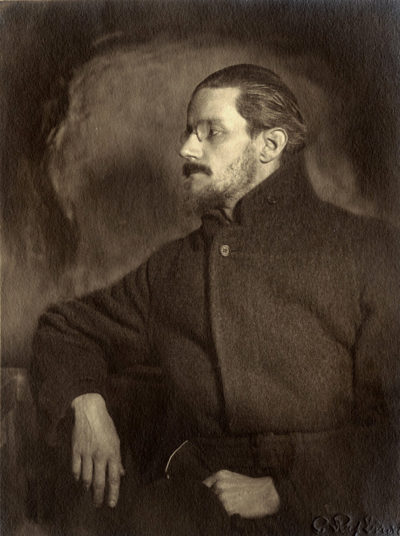James Joyce (James Augustine Aloysius Joyce)

James Augustine Aloysius Joyce (2 February 1882 – 13 January 1941) was an Irish novelist and poet. He contributed to the modernist avant-garde and is regarded as one of the most influential and important authors of the 20th century. James Joyce is best known for Ulysses (1922), a landmark work in which the episodes of Homer’s Odyssey are paralleled in an array of contrasting literary styles, perhaps most prominent among these the stream of consciousness technique he utilised. Other well-known works are the short-story collection Dubliners (1914), and the novels A Portrait of the Artist as a Young Man (1916) and Finnegans Wake (1939). His other writings include three books of poetry, a play, occasional journalism and his published letters. James Joyce was born in 41 Brighton Square, Rathgar, Dublin—about half a mile from his mother’s birthplace in Terenure—into a middle-class family on the way down. A brilliant student, he excelled at the Jesuit schools Clongowes and Belvedere, despite the chaotic family life imposed by his father’s alcoholism and unpredictable finances. He went on to attend University College Dublin.
In 1904, in his early twenties, James Joyce emigrated permanently to continental Europe with his partner (and later wife) Nora Barnacle. They lived in Trieste, Paris and Zurich. Though most of his adult life was spent abroad, Joyce’s fictional universe centres on Dublin, and is populated largely by characters who closely resemble family members, enemies and friends from his time there. Ulysses in particular is set with precision in the streets and alleyways of the city. Shortly after the publication of Ulysses, he elucidated this preoccupation somewhat, saying, “For myself, I always write about Dublin, because if I can get to the heart of Dublin I can get to the heart of all the cities of the world. In the particular is contained the universal.”
On 11 January 1941, James Joyce underwent surgery in Zurich for a perforated ulcer. While he at first improved, he relapsed the following day, and despite several transfusions, fell into a coma. He awoke at 2 a.m. on 13 January 1941, and asked for a nurse to call his wife and son, before losing consciousness again. They were still on their way when he died 15 minutes later. Joyce’s body was interred in the Fluntern Cemetery near Zurich Zoo. Buried originally in an ordinary grave, he was moved in 1966 to a more prominent “honour grave,” with a seated statue of Joyce by American artist Milton Hebald nearby. Swiss tenor Max Meili sang Addio terra, addio cielo from Monteverdi’s L’Orfeo at the burial service. Although two senior Irish diplomats were in Switzerland at the time, neither attended Joyce’s funeral, and the Irish government later declined Nora’s offer to permit the repatriation of Joyce’s remains. Nora, who had married Joyce in London in 1931, survived him by 10 years. She is buried by his side, as is their son Giorgio, who died in 1976.
Born
- February, 02, 1882
- Rathgar, Ireland
Died
- January, 13, 1941
- Zurich, Switzerland
Cemetery
- Fluntern Cemetery
- Zurich, Switzerland



